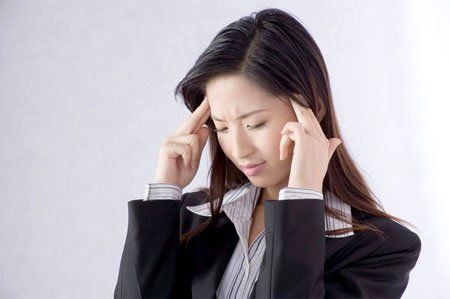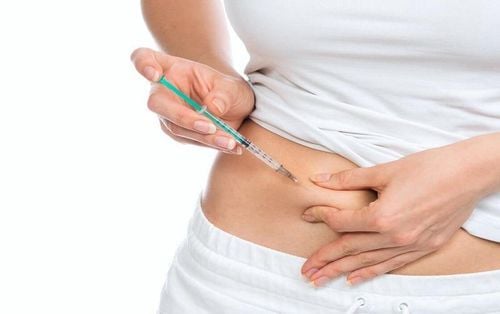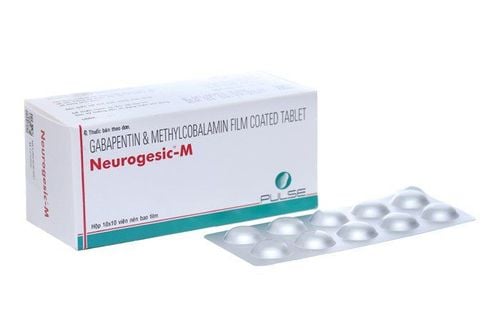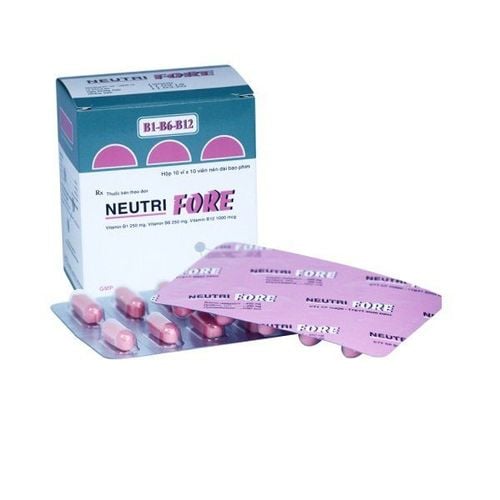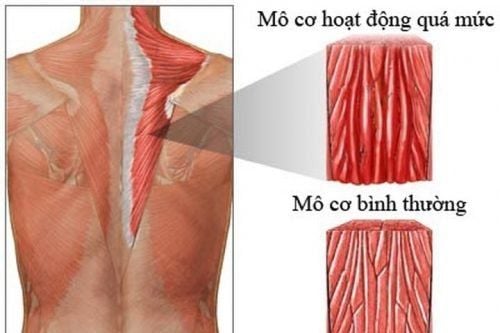This is an automatically translated article.
Statistics show that the prevalence of neuropathic pain is estimated at 2 to 4% of adults, about 7 to 8% of the population in Europe, from 25 to 45% of patients visit outpatient clinics and hospitals. pain centers in the UK and USA. From that, it can be seen that functional rehabilitation due to neuropathic pain plays an important role and should be taken care of.
1. Causes of neuralgia
Pain is known as a rather unpleasant sensory and emotional experience associated with an existing or expected tissue injury or described in terms of a similar lesion.
The same goes for neuralgia. And the cause of pain can be due to: Pain caused by stimulation causing tissue destruction or pain receptive. Neuropathic pain is also known as neuropathic pain. Mixed Pain
Neuropathic pain is known as pain initiated or caused by an initial injury or dysfunction of the nervous system.
Neuropathic pain is the type of pain that occurs in the absence of a tissue destructive or possibly potentially destructive stimulus. Neuropathic pain is the consequence and manifestation of a primary lesion of the peripheral nervous system, possibly due to peripheral neuropathic pain. Either a lesion or an abnormality of the central nervous system can result from CNS pain.
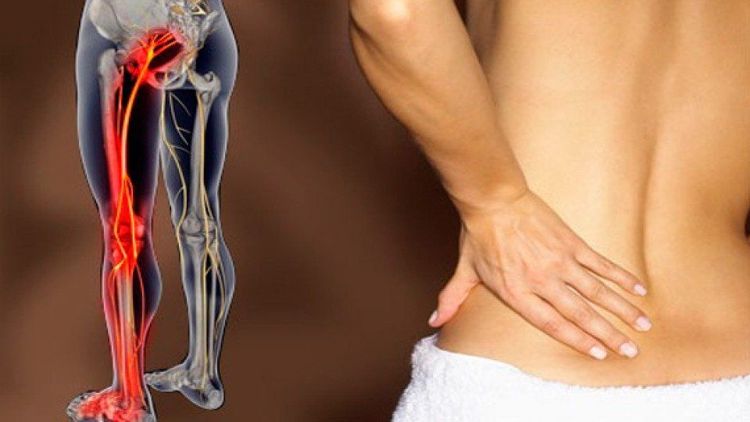
Đau thần kinh gây ra bởi một tổn thương ban đầu hoặc rối loạn chức năng hệ thần kinh
2. Mechanism of neuropathic pain
For neuropathic pain, the causative mechanism may include: peripheral and central mechanisms due to:
Peripheral sensitization leads to peripheral sensitization of primary pain receptors acute due to the release of bradykinin, histamine, prostaglandins and substance P. Or it may be due to abnormal discharge of the damaged neuron because after the injury process will have the phenomenon of nerve growth, which is considered as a place of accumulation. accumulation of normal and pathological ion channels and receptors. This leads to the appearance of increased activation or abnormal self-discharge at the injury site. This phenomenon can be seen along the axon, the patient may have a sharp pain like an electric shock right at the site of loss of sensation
Neuritis may be caused by pressure or cell damage Stimulates K+, PG, and BK ions to be transmitted to the spinal cord and causes the release of bradykinin, histamine, prostaglandins, 5HT and substance P to increase the sensitivity of neighboring neurons.
Interference between neurites occurs when a neuron in the nociceptive pathway is damaged, and other neurons associated with this neuron continue to discharge.
Reduces the activity of the downward inhibitory pathway, originating with the exception of the midbrain, pons, and medulla, along with neurotransmitters such as serotonin, norepinephrine.
Damage, degeneration, or regeneration or reorganization of the spinal cord can result in faulty connections or excessive afferent stimulation that induces growth of alpha and beta fibers. In the superficial layers of the dorsal horn, loss of inhibitory controls in the superficial layers of the dorsal horn reduces the activity of inhibitory neurons present in the medullary cavity.
3. Principles of rehabilitation due to neuropathic pain
Neuropathic pain is seen as a disease, not simply a symptom. The mechanism of pain may differ from pain receptive. So pain relievers can often have little or no effect in these cases. The aim of neuropathic pain treatment is to relieve pain and reduce further pain; improve the functions as well as improve the patient's quality of life; balance between efficacy, safety, and patient tolerance drug use. At the same time, regularly monitor and change the direction of treatment in case of need. Effective neurorehabilitation treatments depend on invasive invasive measures along with exercises such as: Physiotherapy - rehabilitation, psychotherapy, cognitive altering interventions and patient behavior, topical medications, systemic medications, and interventional techniques.3.1. Physical therapy techniques For cases with primary neuropathic pain symptoms, physical therapy is not indicated for treatment and all kinds of stimulus reactions to the painful area can cause pain. For patients with symptoms of secondary neuropathic pain, electrotherapy can be used with the method of using pulsed current, electrolysis to relieve pain, and percutaneous nerve stimulation; or use heat therapy that can be hot or cold; or use therapeutic ultrasound with short-wavelength; Massage techniques, joint mobility or soft tissue mobility are also capable of reducing stiffness, increasing blood circulation, creating relaxation as well as a feeling of refreshment, in order to help patients feel pain relief and relieve pain. more comfortable; Or use hydrotherapy with a hot bath method to help activate the endorphin system to relieve pain and stabilize the patient's psychological state.
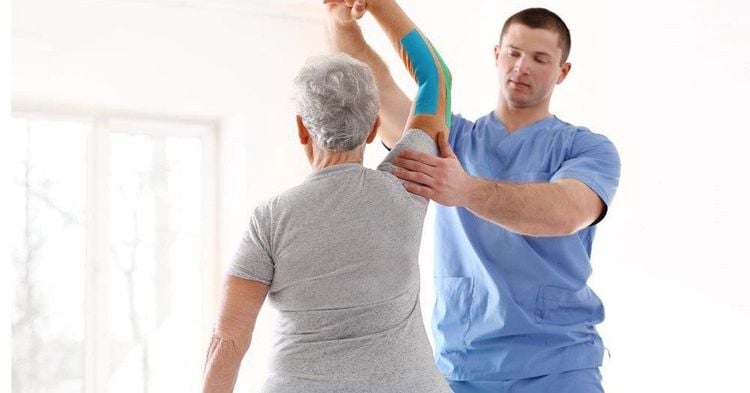
Mục đích của điều trị đau thần kinh là giúp giảm đau và giảm việc đau có thể tăng thêm hơn nữa
3.2. Therapeutic movement techniques Aim to increase the flexibility and flexibility of the patient's muscles, while helping to increase muscle strength, maintain joint range of motion, and create relaxation and comfort. Mental and physical comfort for the patient can use various types of therapeutic exercises by movement such as:
Movement exercises in passive, active or antagonistic positions to help progress depending on the patient's ability. patient. In these cases, the patient should start the exercises at a low level and gradually increase the intensity, the duration of the exercise can increase strength as well as increase the health of the musculoskeletal system and organs. related to the heart.
Stretching exercises to maintain and enhance the elasticity and flexibility of tendons and ligaments around joints, avoid injuries and also help reduce pain for the patient.
Exercises, or aerobics done at least 3 times a week, for about 20 to 30 minutes each time can help improve health, and help patients have quality sleep. .
3.3. Occupational Therapy Techniques The patient's mobility function can be improved and maximally independent through activities of daily living.
3.4. Psychotherapy techniques When a person shows signs of psychological trauma, the treating doctor can perform some psychological therapy to help reduce stress and tension for the patient.
3.5. Cognitive-behavioral modification intervention techniques In order to manage chronic pain, patients will be guided with knowledge and understanding of normal and dysfunctional pain physiology, in order to help patients establish achieve treatment goals, develop specific exercise and movement programs, relaxation techniques to reduce sensitivity, practice maintaining positive thoughts.
3.6. Nutritional techniques Implement a reasonable diet for each subject with the aim of providing adequate nutrients as well as supplementing with micronutrients to help patients strengthen the immune system, and at the same time provide energy. Helps maintain daily activities. However, it is necessary to limit the use of alcohol, beer and stimulants.
At the Rehabilitation Department of Vinmec Times City International General Hospital, there is a function of physiotherapy and rehabilitation for all inpatients and outpatients for patients in Hanoi and the region. In the North (both Vietnamese and foreigners), in the fields of Internal Medicine, Surgery, Pediatrics ...
Faculty has the strength of strong techniques in Rehabilitation and Rehabilitation. Effective treatment support for cases of some musculoskeletal and spinal diseases, in order to increase the success rate of the treatment, limit the recurrence to the lowest level and speed up the process. short-term treatment.
Vinmec International General Hospital is equipped with a system of modern machinery and equipment, effectively supporting the treatment process with a high success rate, helping musculoskeletal, musculoskeletal, and spinal nerves to recover. rehabilitation and mobility. There are many good, highly skilled doctors with full practice certificates, along with a team of well-trained technicians who are very dedicated in the process of treatment and rehabilitation. Therapy and rehabilitation programs give good results, meeting the needs and desires of customers.
Please dial HOTLINE for more information or register for an appointment HERE. Download MyVinmec app to make appointments faster and to manage your bookings easily.




